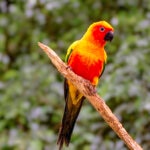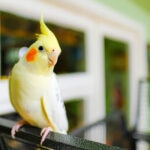The 10 Best Plants for Your Bird’s Cage—And Which Ones to Avoid

Photo by Chewy
Live plants can be a perfect addition to an aviary or even set off to the side of your bird’s cage. But which plants are safe for your bird—and least likely to attract pests or parasites to their habitat? And which toxic plants should you avoid? Here’s everything to know about choosing plants for your bird’s cage.
The 10 Best Plants for Your Bird’s Cage
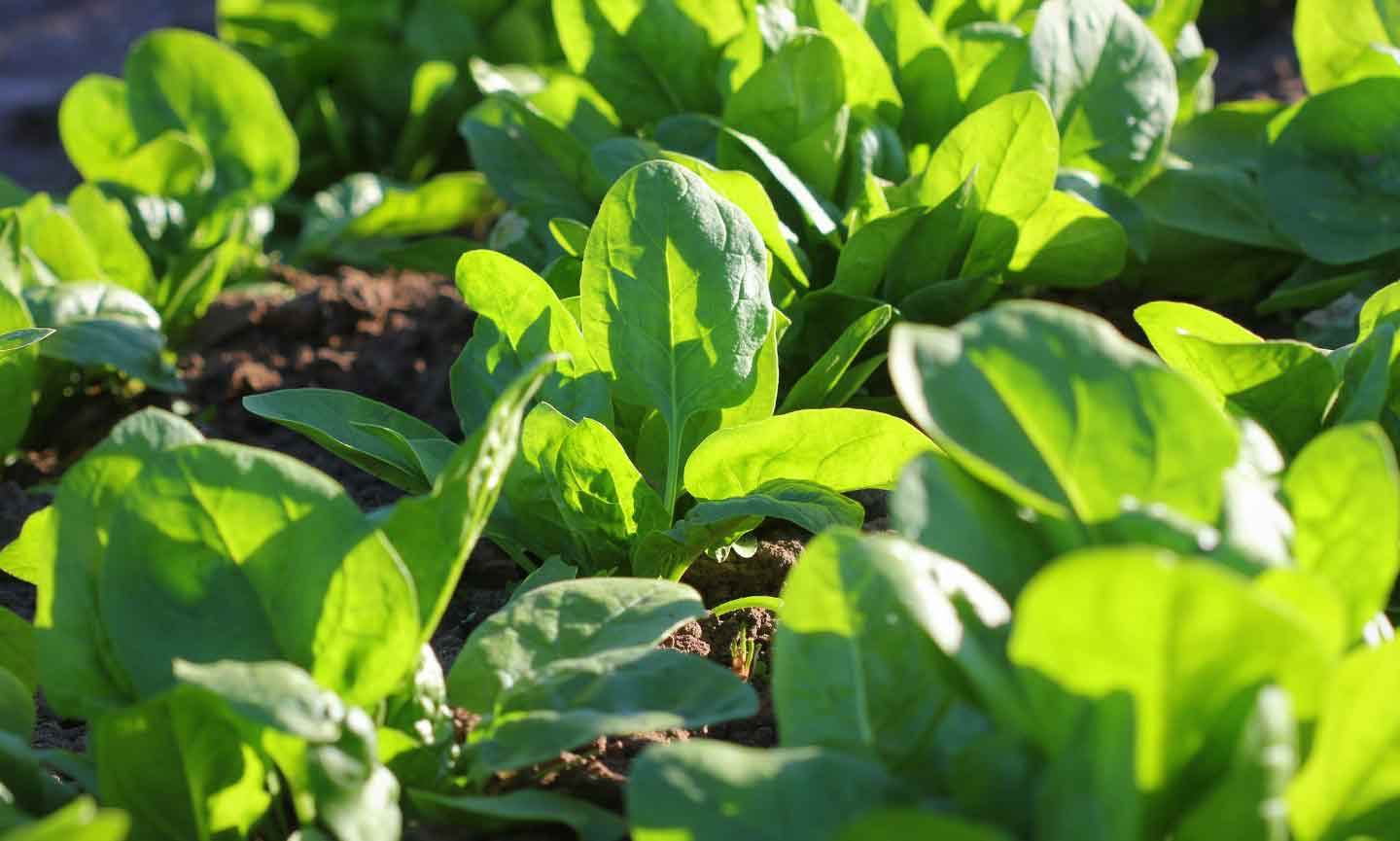
iStock.com/Vaivirga
1. Spinach
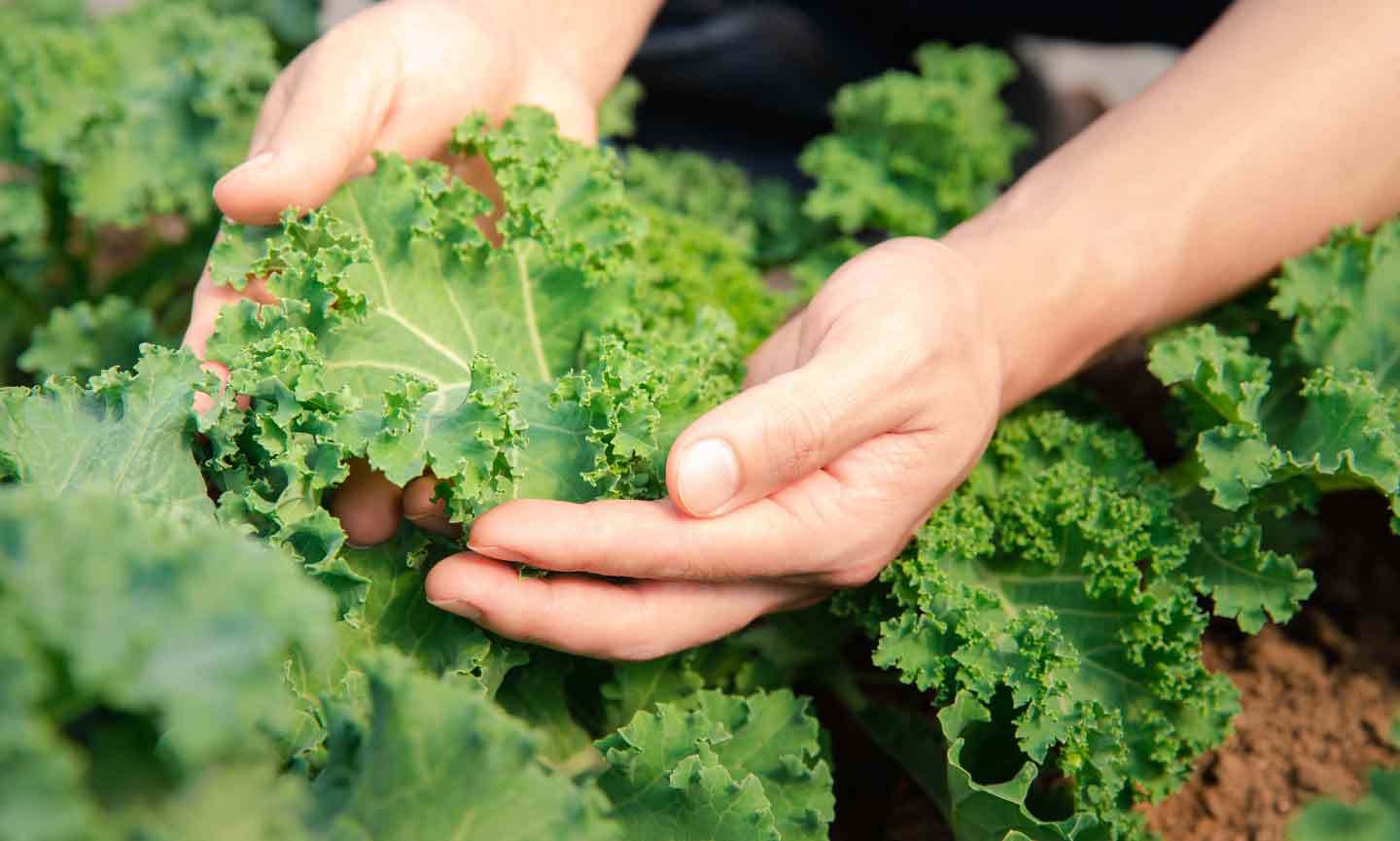
iStock.com/Skarie20
2. Kale
Also called Brassica oleracea, kale has dark green leaves that tend to look ruffled or curled. This is another bird-safe vegetable that can double as an ornamental plant for a birdcage planter.
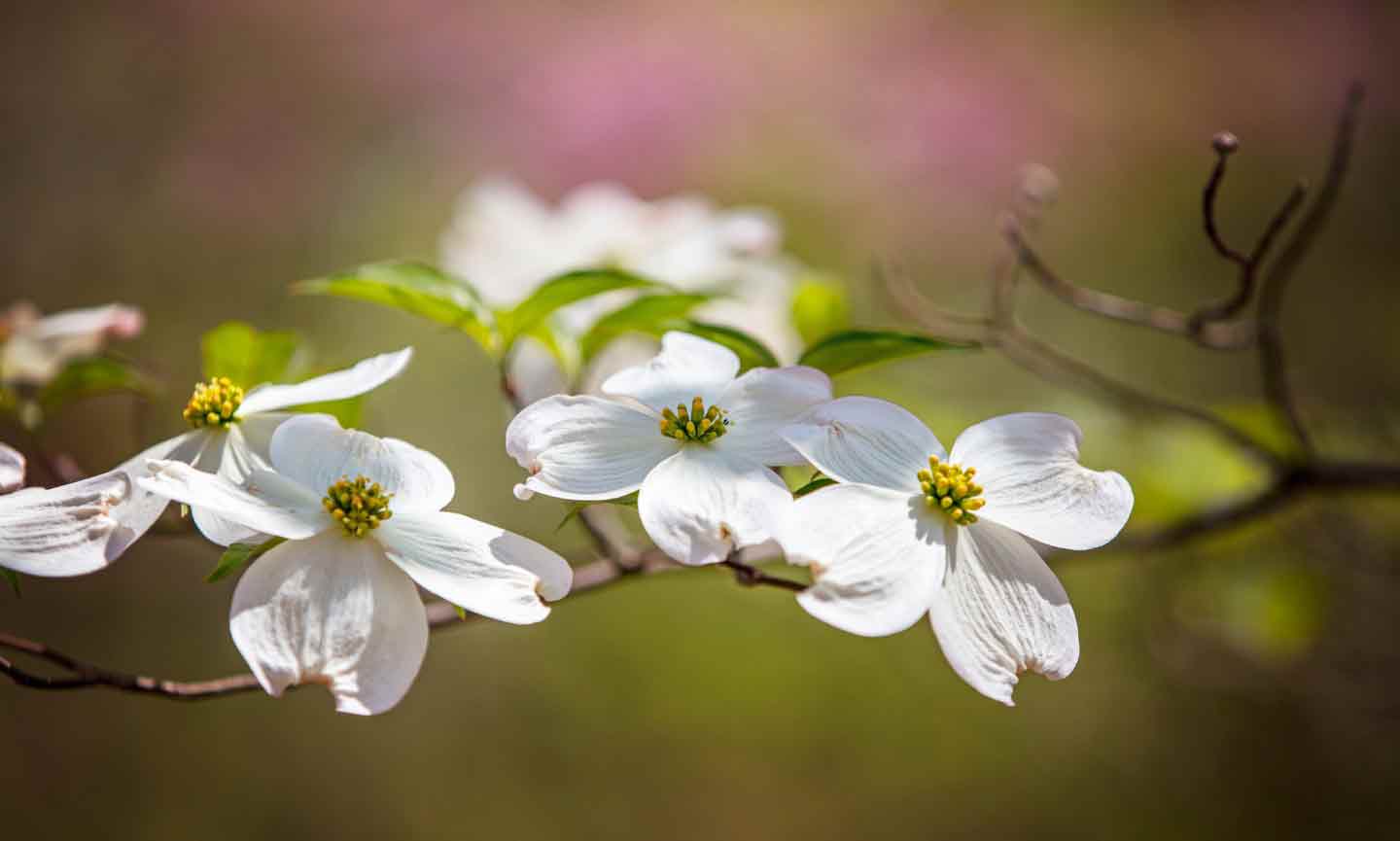
iStock.com/DWalker44
3. Dogwood
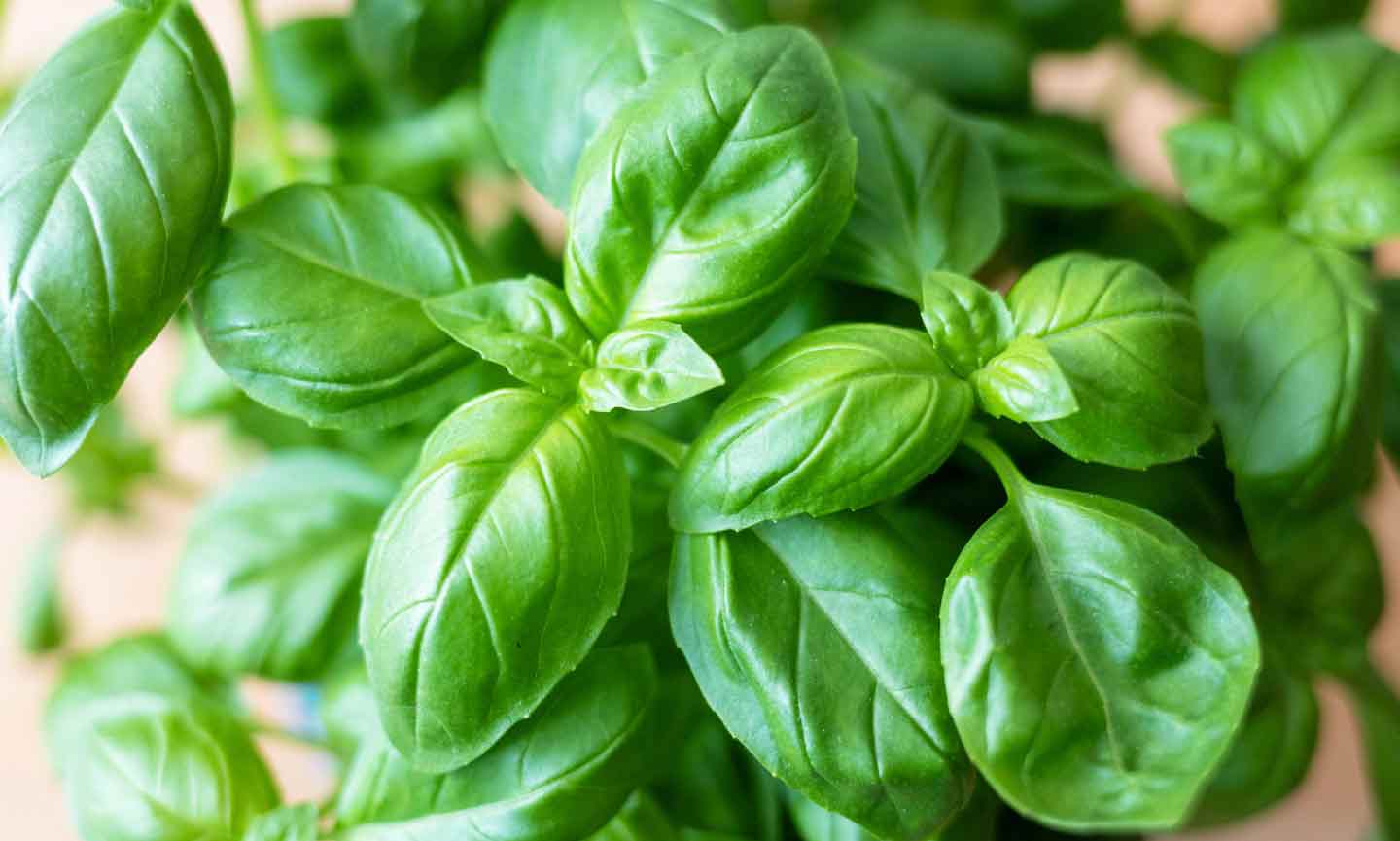
iStock.com/deepblue4you
4. Basil
This herb, also called Ocimum basilicum, has vibrant green leaves and an intoxicating, delicious scent. While we like to use basil in Italian dishes, birds also enjoy it, and it’s safe for them to eat.

iStock.com/stock_colors
5. Mint
Named Mentha piperita, Mint is a green herb that’s also safe to place in a bird’s cage, and it will offer a sweet-smelling, fresh aroma as well. In fact, most herbs are safe to include in a cage, including ginger, cilantro, oregano, parsley and thyme. If the bird grabs a little snack, there will be no worries.

iStock.com/Marina Meshcherskaia
6. Rubber tree

iStock.com/asiantiger247
7. Bamboo
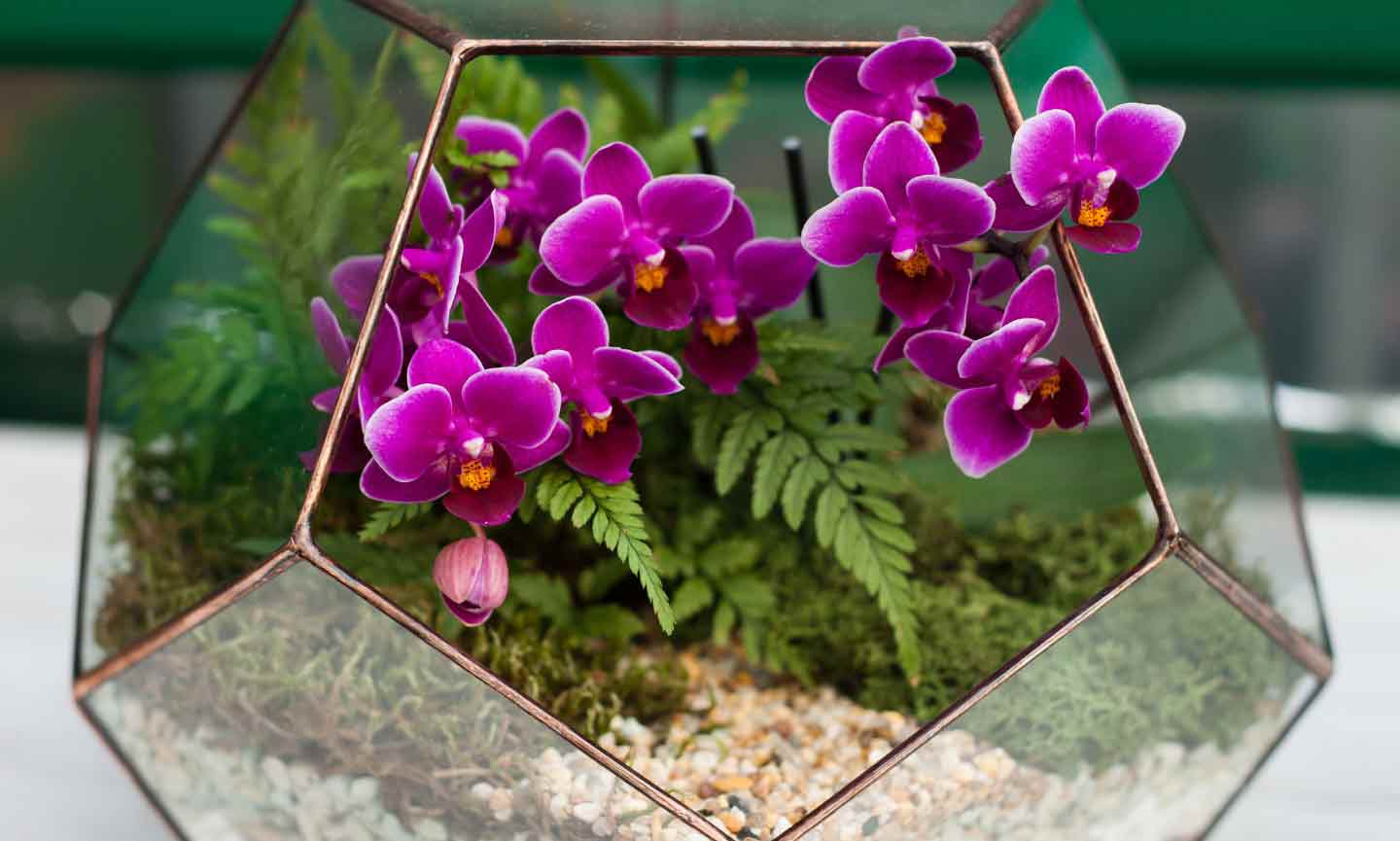
iStock.com/KseniaMay
8. Orchids
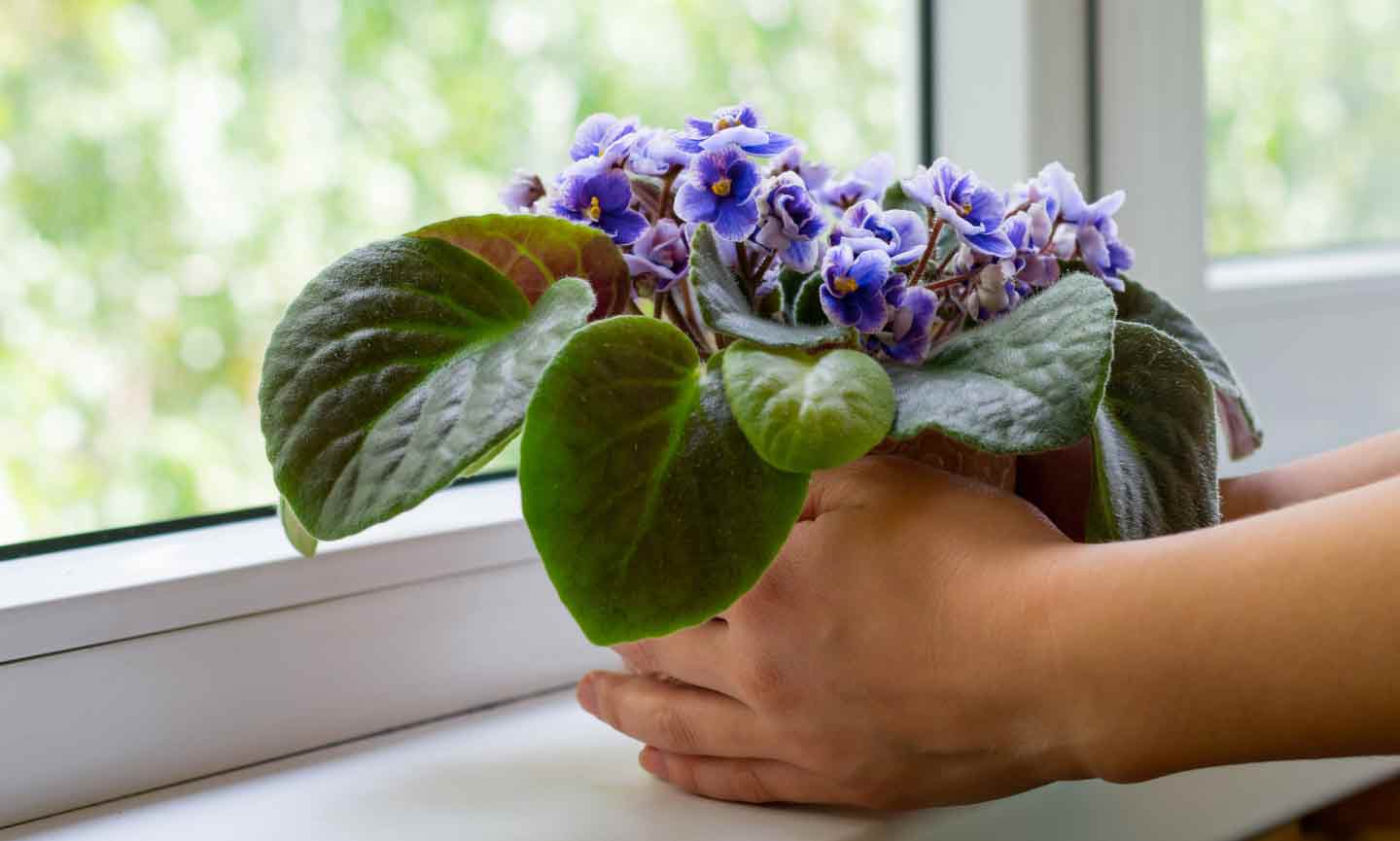
iStock.com/Leisan Rakhimova
9. African Violet
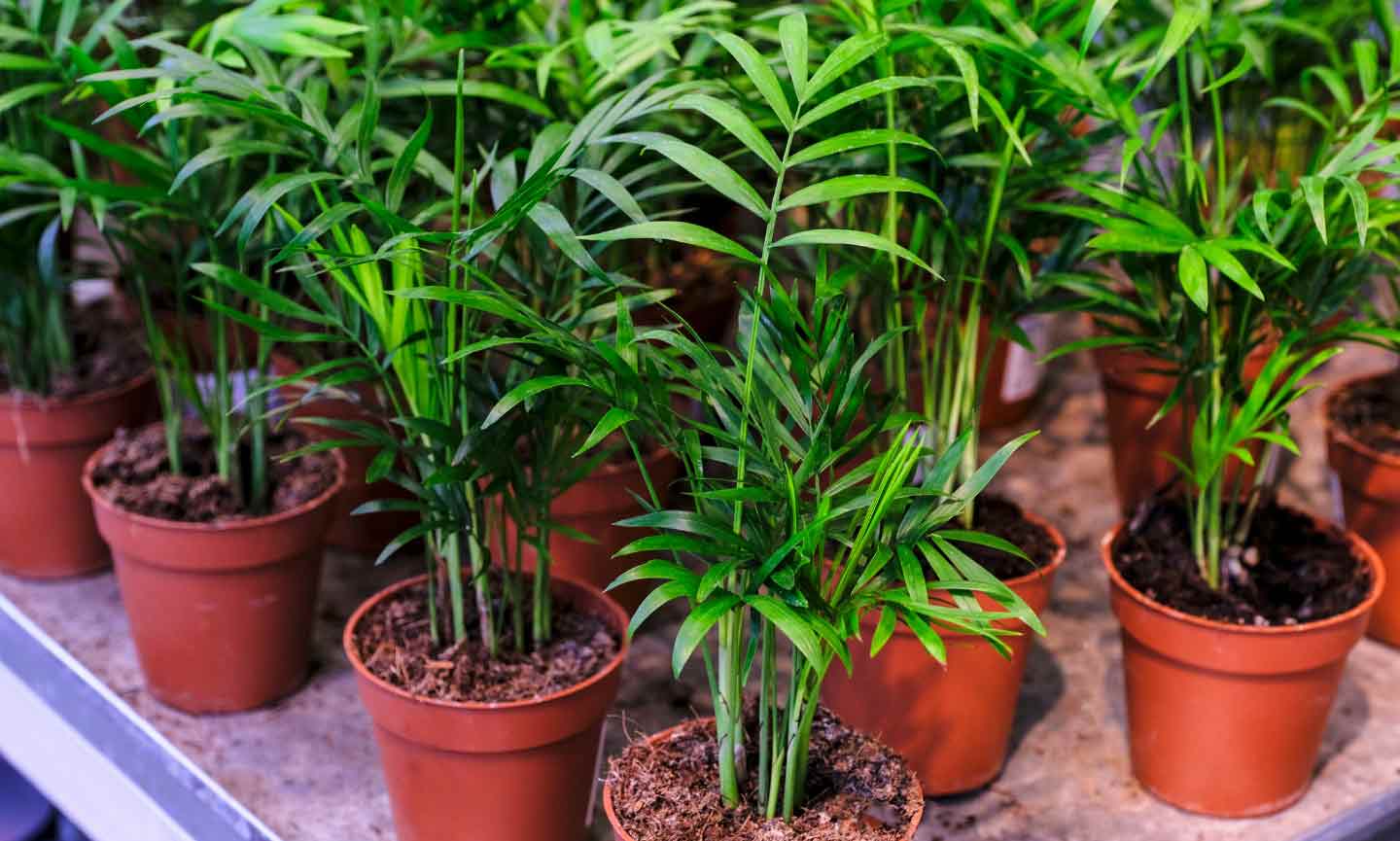
iStock.com/Olga Ostapenko
10. Parlor Palm
Other Bird-Safe Plants
- Acacia, aka Acacia dealbata
- African Daisy, aka Arctotis stoechadifolia
- Aloe, aka Aloe spp. (flesh only)
- Ash, aka Fraxinus spp.
- Aspen, aka Populus spp.
- Baby’s Breath, aka Gypsophila paniculate
- Beech, aka Fagus, Nothofagus
- Begonia, aka Begonia cucullata
- Birch, aka Betula spp.
- Bird’s Nest Fern, aka Asplenium nidus
- Boston Fern, aka Nephrolepsis bostoniensis
- Bougainvillea, aka Bougainvillea
- Butterfly Cane, aka Areca lustescens
- Bromeliads, aka Anans comosus
- Calendula, aka (Pot Marigold) Calendula officinalis
- Chamomile, aka Chamaemelum nobile
- Chickweed, aka Stellaria media
- Christmas Cactus, aka Schlumbergera bridgesii
- Corn Plant, aka Dracaena fragrans
- Coffee, aka Coffea arabica
- Crabapple, aka Malus sylvestris
- Croton (house variety), aka Codiaeum variegatum
- Dandelion, aka Taraxacum officinalis
- Dracaena, aka Dracaena spp.
- Dragon tree, aka Dracaena draco
- Elm, aka Ulmus spp.
- Eucalyptus, aka Beaucarnea recurvata
- European Fan, aka Chamaerops humilis
- Fir, aka Abies spp.
- Gardenia, aka Gardenia jasminoides
- Grape vine, aka Vitis spp.
- Honeysuckle, aka Lonicera spp.
- Impatiens, aka Impatiens spp.
- Jade plant, aka Crassula ovata
- Kalanchoe, aka Kalanchoe clossfeldiana
- Kangaroo, aka vines Cissus antarctica
- Larch, aka Larix spp.
- Lemon balm, aka Melissa officianalis
- Lilac, aka Syringa vulgaris and related species
- Magnolia, aka Magnolia spp.
- Manzanita, aka Arctostapylos manzanita
- Marigold, aka Tagetes spp.
- Nasturtium, aka Tropaeolum majus
- Norfolk Island Pine, aka Araucaria exceIsa
- Parsley, aka Petroselinum spp.
- Purple passion flower, aka Passiflora caerulea
- Peppermint, aka Mentha piperita
- Petunia, aka Petunia spp.
- Prayer plant, aka Maranta leuconeura
- Rose, aka Rosa spp.
- Spider plant, aka Chlorophytum comosum
- Succulents (Hens and Chicks), aka Sempervivum tectorum
- Umbrella Tree, aka Schefflera actinophylla
- Violet, aka Viola spp.
- Wandering Jew, aka Tradescantia zebrina
Poisonous Plants for Birds
- Amaryllis, aka Amaryllis spp.
- Andromeda, aka japonica Pieris japonica
- Asian lily, aka Lilium asiatica
- Asparagus fern, aka Asparagus sprengeri
- Australian nut, aka Macademia integrifolia
- Autumn crocus, aka Colchium sp.
- Avocado, aka Persea americana (pit, leaves, unripe fruit, and stems)
- Azalea, aka Rhododendron sp.
- Bird of Paradise, aka Poinciana and related spp. (Seed pods and flowers)
- Bittersweet, American, aka Celastrus scandens
- Bittersweet, European, aka Solanum dulcamara
- Black locust, aka Robina pseudocacia
- Branching ivy, aka Hedera helix
- Buckeye, aka Aesculus spp.
- Buddhist pine, aka Podocarpus macrophylla
- Caladium, aka Caladium spp.
- Calla lily, aka Zantedeschia aethiopica
- Castor bean, aka Ricinus sp.
- Ceriman, aka Monstera deliciosa
- Charming diffenbachia, aka Diffenbachia amoena
- Cherry, aka Prunus spp., (pits, leaves, and bark)
- Chinaberry tree, aka Melia azedarach
- Chinese evergreen, aka Aglaonema modestrum
- Christmas rose, aka Helleborus niger
- Clematis, aka Montana rubens
- Cycad, Sago, Zamia palms, aka Cycad spp.
- Daffodil, aka Narcissus tazetta
- Day lily, aka Hemorocallis dumotirei
- Deadly nightshade, aka Solanum spp.
- Devil’s ivy, aka Epipremnum aureum
- Dumb cane, aka Dieffenbachia sp.
- Easter lily, aka Lilium longiflorum
- Elephant Ears or Taro, aka Colocasia spp.
- Emerald feather or fern, aka Asparagus densiflorus
- English ivy, aka Hedera helix
- Figs, aka Ficus spp. (sap)
- Flamingo plant, aka Anthuruium sp.
- Florida beauty, aka Dracaena spp.
- Foxglove, aka Digitalis purpurea
- Fruit salad plant, aka Philodendron pertusum
- Garlic, aka Allium sativum
- Glacier ivy, aka Hedera helix
- Gladiolas, aka Gladiolas spp.
- Glory lily, aka Gloriosa superba
- Hyacinth, aka Hyacinthus oreintalis
- Hydrangea, aka Hydrangea spp.
- Iris, aka Iris spp.
- Ivy (Boston, English and some others), aka Hedera spp.
- Lace fern, aka Asparagus setaceus
- Lilies, aka Lillium spp.
- Lily of the Valley, aka Convallaria majalis
- Macadamia nut, aka Macademia integrifolia
- Marijuana, aka Cannabis sativa
- Mistletoe, aka Phoradendron villosum
- Morning glory, aka Ipomoea spp.
- Mother-in-Law plant, aka Monstera sp.
- Mushrooms, aka Amanita spp. and many others
- Narcissus, aka Narcissus spp.
- Nightshade, aka Solanum spp.
- Oak, aka Quercus spp.
- Oleander, aka Nerium oleander
- Onion, aka Allium spp.
- Orange day lily, aka Hemorocallis graminea
- Peace lily, aka Spathiphyllum spp.
- Peach, aka Prunus persica (leaves, pit, bark)
- Pear, aka Pyrus spp. (leaves, seeds, bark)
- Poinsettia, aka Euphorbia pulcherima
- Potato, aka Solanum tuberosum (sprouts, leaves, berries, green tubers)
- Pothos, aka Epipremnum sp.
- Rhubarb, aka Rheum spp.
- Saddle leaf philodendron, aka Philodendron selloum
- Spotted dumb cane, aka Dieffenbachia picta
- Stargazer lily, aka Lilium orientalis
- Sweetheart ivy, aka Hedera helix
- Swiss cheese plant, aka Monstera deliciosa
- Tiger lily, aka Lilium tigrinum
- Tomato, aka Lycopersicon esculentum (stems and leaves)
- Tulip, aka Tulip sp.
- Yew; Japanese, American, English & Western, aka Taxus spp.
- Yucca, aka Yucca filamentosa
6 Safety Tips for Birds and Plants
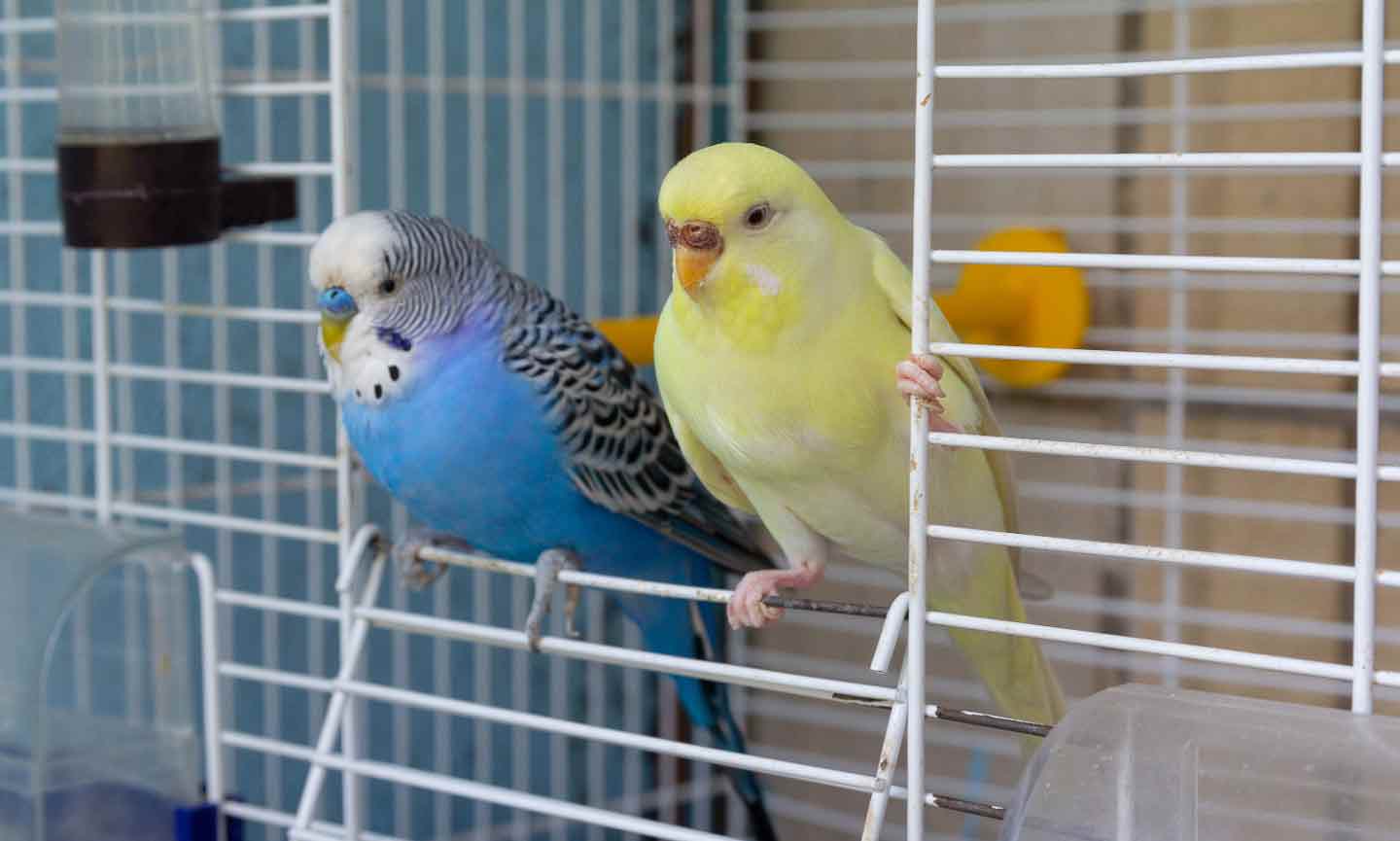
iStock.com/DmyTo
1. Consider not including plants.
2. Plan for careful cleaning.
Experts say that it can be challenging to keep a bird’s enclosure clean when there are live potted plants inside. The plants will have to be removed each time you clean the cage, and since birds are extremely sensitive to aerosolized toxins, plants can’t be sprayed with any chemicals while they are anywhere near birds.
3. Offer just leaves or branches.
4. Be prepared for parasites.
Mealy bugs and whiteflies can live on plants, and if they rear their ugly heads, you won’t be able to use chemicals to treat your plants, since your bird may accidentally ingest them. To create a barrier between the soil and your bird, it’s recommended to cover the substrate of the plants with a couple layers of clean, untreated river rocks, which can solve a bird’s temptation potential and make the soil beneath the rocks less accessible or attractive to foreign invaders, or at least fortify protection while allowing water to seep through to plant roots.
5. Trust your gut.
6. Skip the plants if your bird is sick or injured.
Birds who are sick or injured should not be in a cage with plants. Plants can make it harder to monitor not only the bird, but also their appetite and eliminations. Also, birds with mobility issues are poorly suited to having live plants, unless they are specifically adapted for your bird’s needs.
